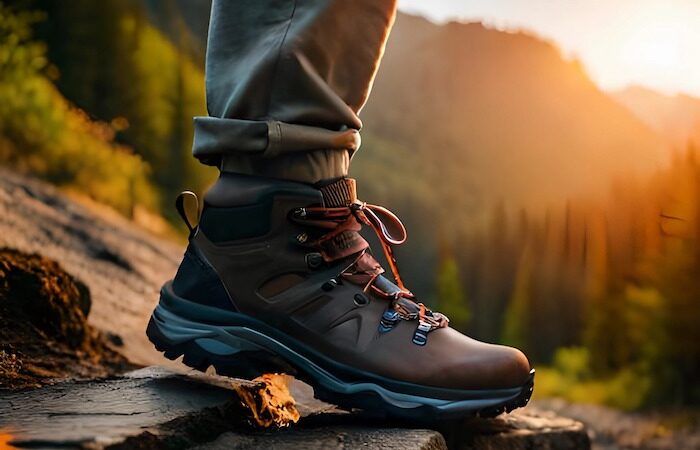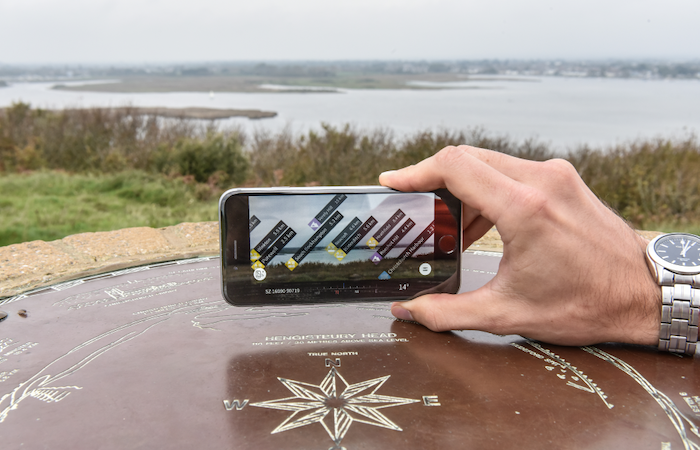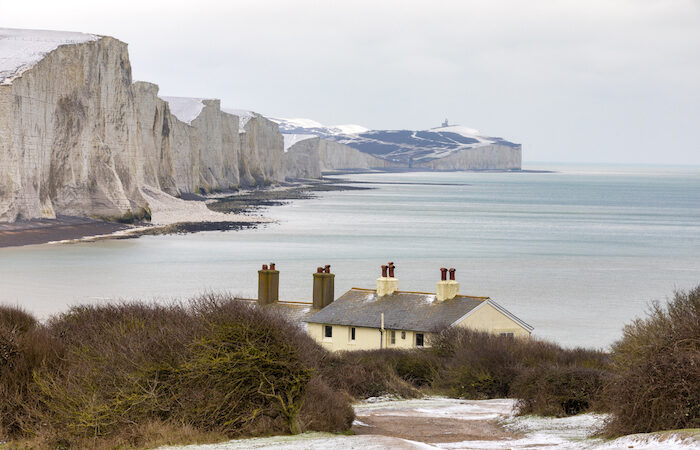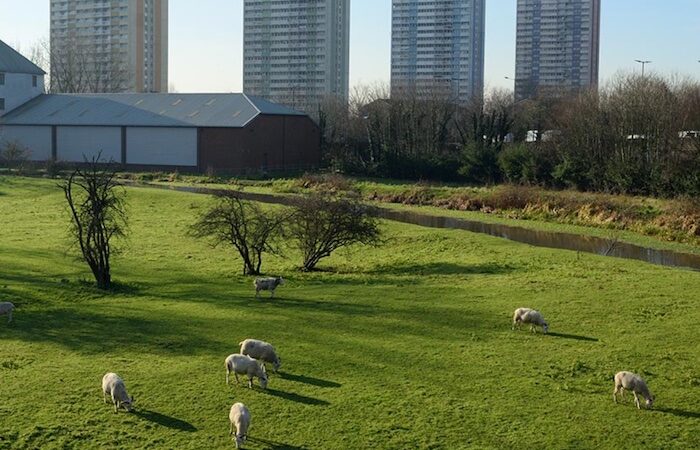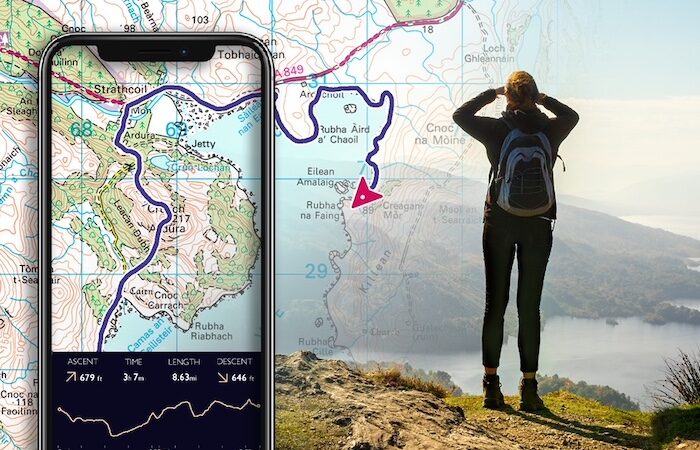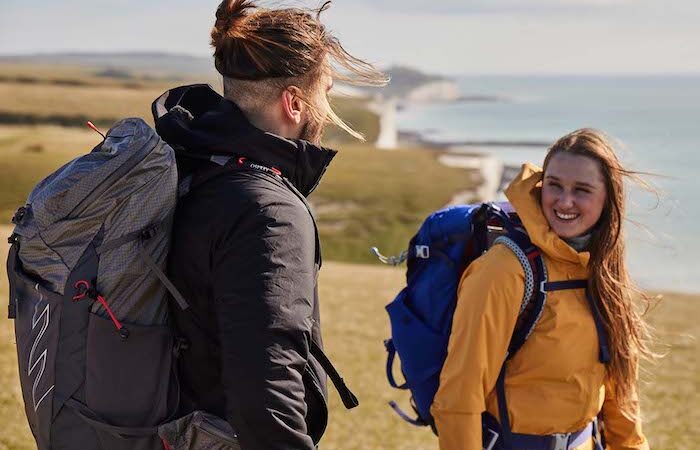Experts share their top tips for hitting your local trails
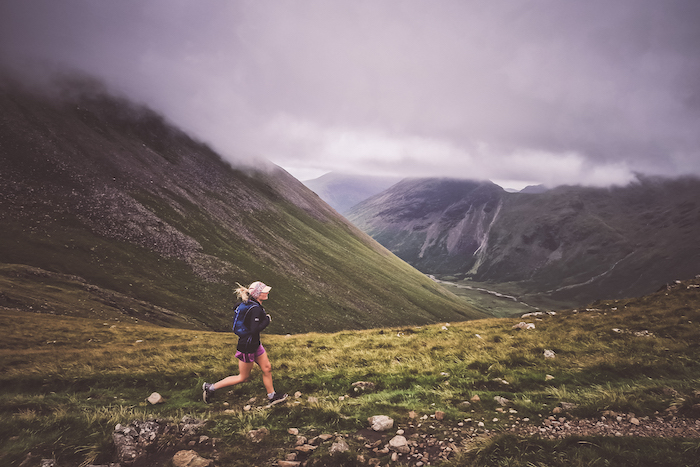
The summer months are the perfect time to explore, and trail running is as popular as ever.
But whether you want to take a scenic walk somewhere new or switch up your run in the great outdoors, there are some things you need to know.
Christian Allen, product expert at Runners Need, and Mark Skelton, an in-store expert at Cotswold Outdoor, share their trail running advice with us.
Get to the route of it
Before you head out on a trail, it’s important to plan your route. If you’re looking for inspiration or trying to find some new paths near you, All Trails is a good place to start.
Once you’ve decided where to go, take a map or GPS device with you in case you go off track or get lost. Sports watches are great as you can plot your route and make sure you’re following it without having to stop.
Find your stride
Running and walking over uneven terrain can be a challenge, and when you combine that with obstacles like rocks and low-hanging branches, it can be difficult to find your stride.
“Trail running is much more technical than road running, and you need to have your wits about you, particularly if you’re trying to travel at speed,” says Christian.
“Good technique is essential in enabling you to tackle uphills, downhills, flats and unpredictable terrain as economically as possible.
“Focus your line of sight a few strides ahead, so your body can prepare for what’s coming up and be aware of any obstacles you’ll need to avoid. Your strides should be soft, quick and short to help keep you stable and think about engaging your glutes and core.
“When running on flat surfaces you want to keep your arms close to your body at an angle of no more than 90 degrees to help reduce the amount they swing and preserve energy for where you need it the most – your legs.
“However, when running downhill or on uneven ground it may be more beneficial to angle your elbows out to offer balance – much like a tightrope walker holding their arms wide.”
Staying strong
Trail surfaces can be more taxing on your ankles, so it’s important to do what you can to help keep them strong and injury-free.
“With uneven ground and lots of hills, trail running can be demanding on your body,” says Christian.
“To stay fit and strong, incorporate cross-training sessions into your training schedule as well as some strength and conditioning exercises – and always remember to stretch.
“A hill training session should also be incorporated into every trail runner’s weekly plan as well as exercises like lunges, single-leg deadlifts and squats, calf raises and toe scrunches.”
Kit list
Ensuring you have the right kit can help keep you comfortable while on the trails.
“Correct footwear is vital to ensure you’re supporting your feet and ankles,” says Mark.
“When it comes to walking shoes, you should consider your environment as sole stiffness, and how high up the ankle the boot goes will vary depending on what terrain and conditions you’ll be walking in.
“Lightweight boots and shoes with reasonable flexibility are great for well-trodden paths as they allow your foot to move naturally. However, if you’re trekking on uneven and steep ground, you’ll need a more rigid boot with ankle support.
“If you’re unsure what will work best for you, our experts can help. Just book a free in-store appointment with one of our in-store experts.
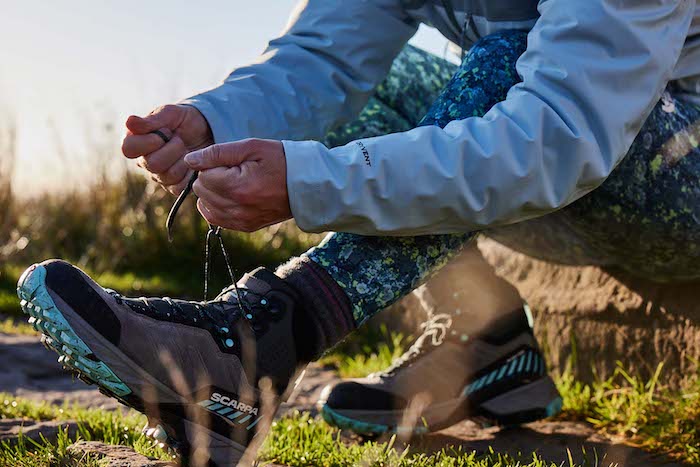
“A good backpack is also useful for your snacks, drinks and any other essentials. It’s important that you get one suited to your activity and that it fits correctly to avoid any injury or discomfort.
“If you’re unsure about the fit, you can pre-book a free fitting appointment online or at your local Cotswold Outdoor store.”
Christian added: “Just like a good walking shoe, if you’re running on the trails, you need a suitable shoe that will give you enough grip for the varying surfaces underfoot.
“Trail shoes provide better heel support and have robust soles to prevent stones from breaking through. If you’re unsure about which running shoes are best for you, our in-store experts can offer advice and provide a free gait analysis to help you find the perfect shoe.
“You might also want to consider a hydration vest and soft water bottles, which allow you to carry water, snacks and other essentials with ease. These vests are designed to be lightweight and comfortable, so they don’t move around or get in your way when running.”
A headtorch, foil blanket and some layers suited to the conditions you’re running in are also a good idea in case you get cold, or it gets dark while you’re out.
Safety first
If you’re heading somewhere remote, you need to know what you can do to stay safe.
“Exploring the outdoors and setting off on an adventure is incredibly exciting, but it’s important that we all know how to stay safe when roads – and other people – are few and far between,” says Mark.
“It’s essential that you know your route and have the correct kit, including first aid, just in case there are any stumbles.
“Tell someone where you’ll be going and what time you should be back and take your fully charged phone with you just in case you need to call for help.”
Cotswold Outdoor and Runners Need are passionate about helping everyone make the right choice and find the best kit for their needs. For more information and expert advice or to find your nearest store, visit runnersneed.com or cotswoldoutdoor.com.

